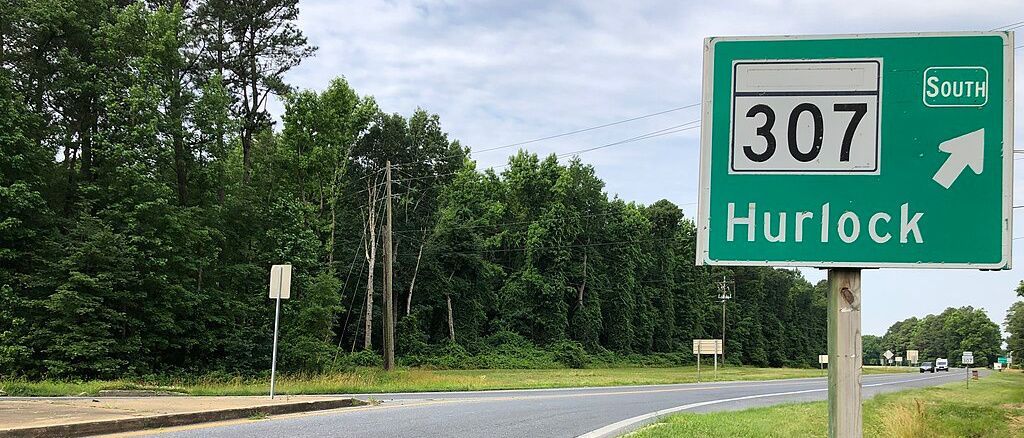Maryland’s Van Hollen Wants Congress to Address Medical Debt Practices

Sen. Chris Van Hollen (D-Md.) hopes to reform medical debt practices with the introduction of legislation that would curb unfair policies and protect consumers. Van Hollen and co-sponsor Sen. Chris Murphy (D-Conn.) announced the bill Nov. 30.
The Maryland lawmaker and Murphy first sponsored the legislation in 2020. The bill, called the Strengthening Consumer Protections and Medical Debt Transparency Act, failed to pass before the end of 2020.
“When folks are sick or in the hospital, the last thing they should be worried about is whether they’ll lose their house or their wages for seeking care,” Van Hollen said in a statement. “This legislation puts safeguards in place to ensure transparency, cap interest rates, and keep the focus on patients’ health and wellbeing so they can get the care they need.”
If passed, the measure would require health care institutions to communicate about debt with consumers and cap the annual interest rate growth for medical debt at 5%.
The legislation also calls on the Department of Health and Human Services to create a database for public information about medical debt collection practices from hospitals and other providers.
Additionally, the bill includes consumer protections like checking for insurance coverage assistance before a provider sends debt to collection agencies and that health care entities must provide patients with itemized bills and payment receipts.
“Forcing people to go bankrupt just because they get sick is immoral — plain and simple,” Murphy said in a statement. “We need to shed light on the hospitals out there who are abusing patients with overly aggressive debt collection practices.”
In 2021, 12% of Maryland residents had medical debts in collection, according to a study by the Urban Institute.
A 2020 Gonzales poll by Economic Action Maryland showed that 34% of Marylanders would not be able to pay an unexpected $500 medical bill.
Medical debt also disproportionately affects Black people. In Maryland, 24% of Black residents said they delayed seeking medical care because of costs compared to 12% of White people.
“Unlike a lot of other debts, no one chooses to get sick,” said Marceline White, director of Economic Action Maryland, an organization that has helped pass legislation targeting unfair medical debt practices.
“You can't cost-comparison shop when you're in an ambulance on the way to a hospital,” she said. “So many families simply don't have the resources to absorb that kind of unexpected financial blow, which can be catastrophic.”
White said the new bill by Van Hollen and Murphy is a positive step for the country and targets the “most egregious” medical debt practices.
She stressed the importance of reform with the backdrop of the ongoing covid-19 pandemic and said there has been broad support in Maryland for this type of legislation.
“I think we are going to see continued strains on our health care system, and on many families who are having chronic illnesses sort of post-pandemic post-covid,” White said. “I think this should be something that most Americans and most members of Congress can agree upon. At least I would certainly hope so.”
RIP Medical Debt is a charity established to reduce the burden of medical debt on low-income families using donations, paying off over $7 billion of debt since 2014 for over 4 million people. CEO and president of RIP Medical Debt, Allison Sesso, is enthusiastic about federal attention to the topic.
“We must do more to protect patients from medical debt and ensure people get the health care they need without fear of incurring debt,” Sesso said in a statement to Capital News Service. “(The bill) takes positive steps toward addressing the data challenges we face in understanding the prevalence of medical debt so we can better target policy solutions and more closely monitor the use of extraordinary collection actions.”
Capital News Service is a student-powered news organization run by the University of Maryland Philip Merrill College of Journalism. For 26 years, they have provided deeply reported, award-winning coverage of issues of import to Marylanders.
Common Sense for the Eastern Shore







